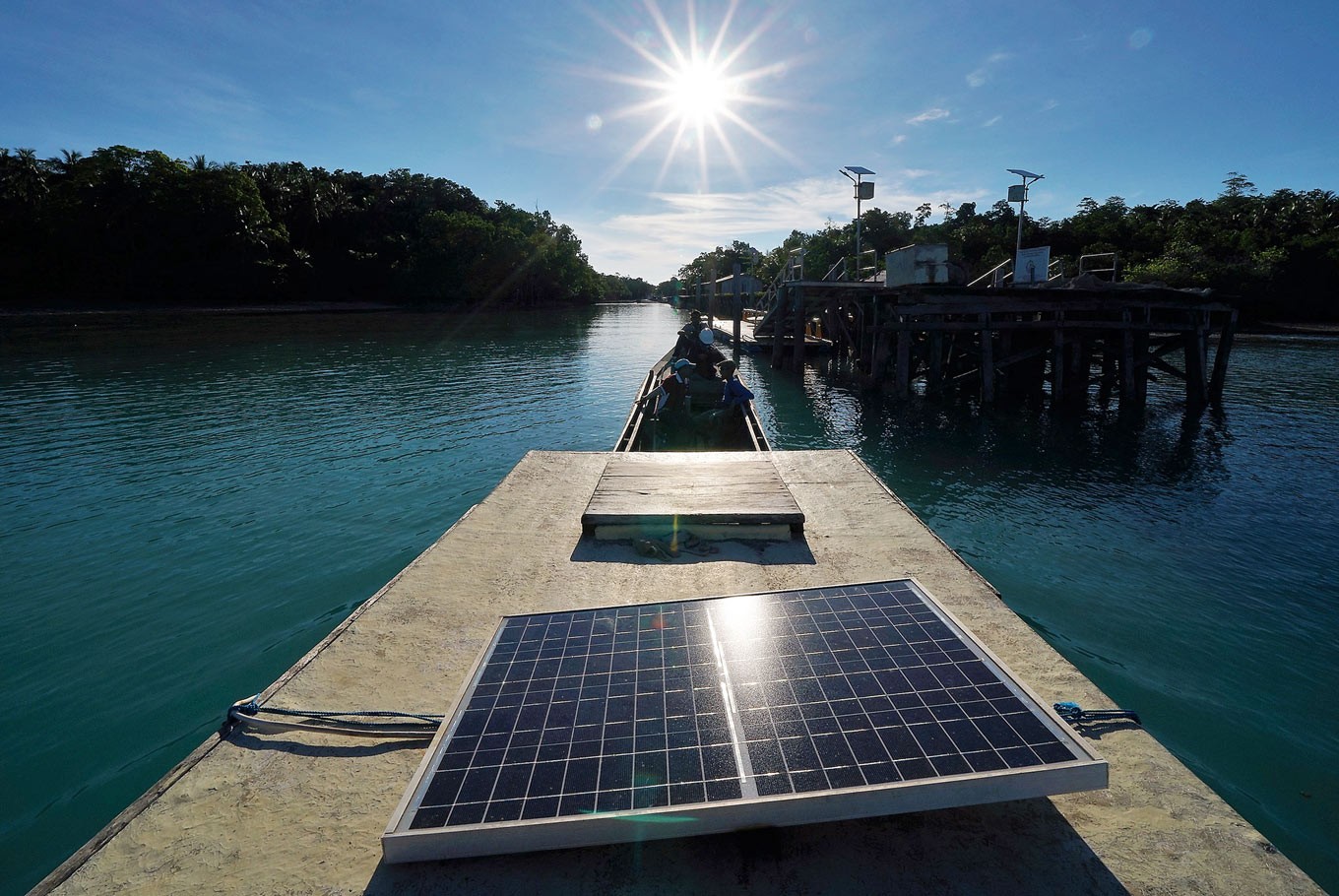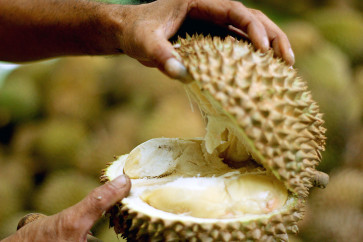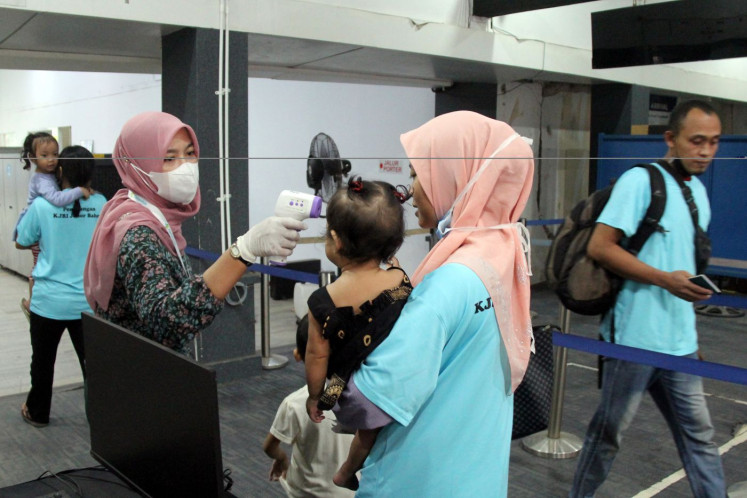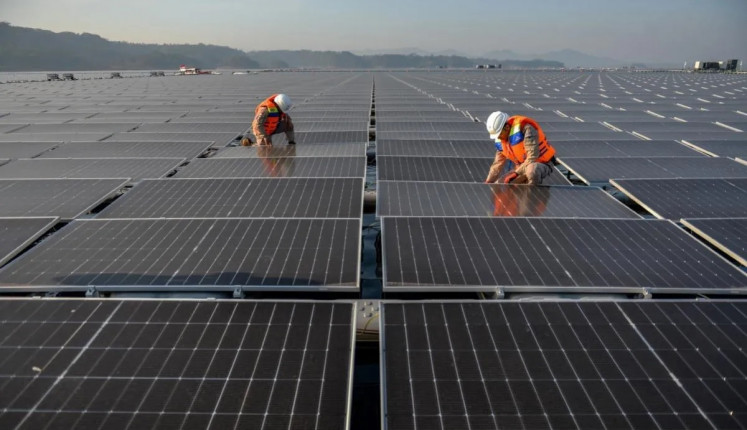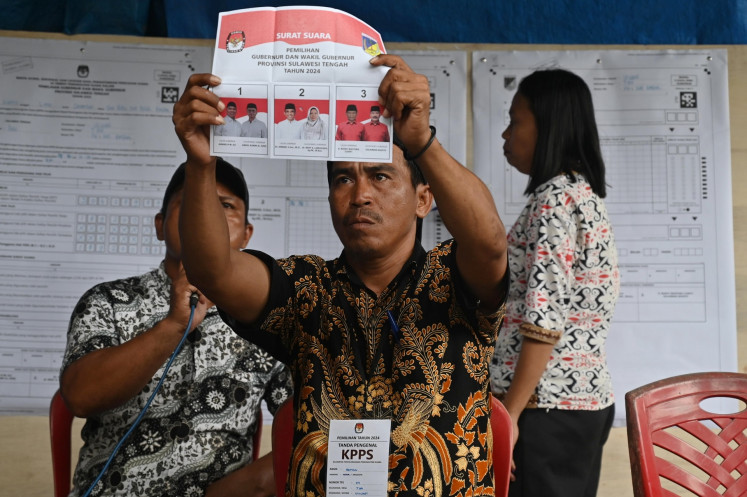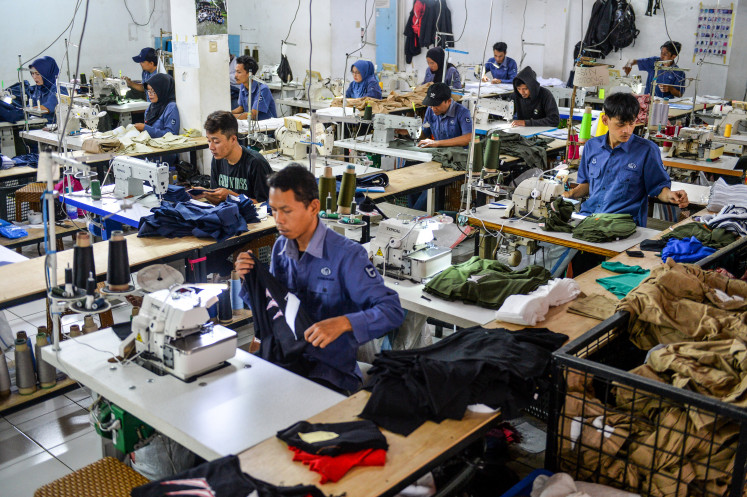Popular Reads
Top Results
Can't find what you're looking for?
View all search resultsPopular Reads
Top Results
Can't find what you're looking for?
View all search resultsMaximizing ASEAN’s renewable energy sources to drive decarbonization, energy resilience
The main barriers to the maximization of renewable energy sources in ASEAN are institutional policy uncertainty on renewable projects, limited access to funding and a lack of appropriate technologies and expertise.
Change text size
Gift Premium Articles
to Anyone
A
s the world recovers from the economic effects of the COVID-19 pandemic, a global energy crisis is looming. In some parts of the world, including in Southeast Asia, energy prices are skyrocketing because of a shortage of supply, particularly of natural gas and coal. As ASEAN heads toward its energy transition, it is vital to maintain energy resilience and security in the region to mitigate future threats of energy crises.
Recently, ASEAN has strengthened its commitment to enhancing energy resilience and improving energy security as a foundation for an inclusive and just energy transition through the adoption of the Bandar Seri Begawan Joint Declaration on Energy Security and Energy Transition.
ASEAN member states recognize that the future energy transition should be approached pragmatically, depending on unique and diverse national circumstances. Renewable energy (RE) can play a crucial role in creating a lower-emissions energy sector. Moreover, indigenous RE energy sources will be essential for protecting ASEAN from the volatility of the global prices of energy, especially of fossil fuels.
Based on the 6th ASEAN Energy Outlook (AEO6), fossil fuels will continue to dominate the energy mix in the region as it fulfils its growing energy demand. This is expected to result in a doubling of the region’s greenhouse gas (GHG) emissions by 2040 to 4,171 metric tons of CO2 equivalent (Mt CO2-eq) from 2017’s 1,686 Mt CO2-eq. It is also expected the region will be a net importer of fossil fuels by 2040.
To accelerate the energy transition while ensuring energy security, ASEAN has set the aspirational target of a 23 percent share of RE in the energy mix by 2025 through the ASEAN Plan of Action for Energy Cooperation (APAEC) Phase II: 2021-2025.
ASEAN is blessed with huge and diverse renewable energy sources, including fertile soil, rivers and tropical climates. The benefits of RE are well documented, such as the creation of green jobs, the limitation of fossil fuel import dependency and the reduction of CO2 emissions. However, there are still plenty of untapped RE sources in ASEAN.
ASEAN countries are rich in variable RE (vRE) potential, solar and wind, particularly in Cambodia, Indonesia, Myanmar, the Philippines, Thailand and Vietnam. The ASEAN Interconnection Masterplan Study III (AIMS III) of ACE estimated that ASEAN member states had a potential of 8,119 gigawatts (GW) of solar energy and 342 GW of wind energy.

